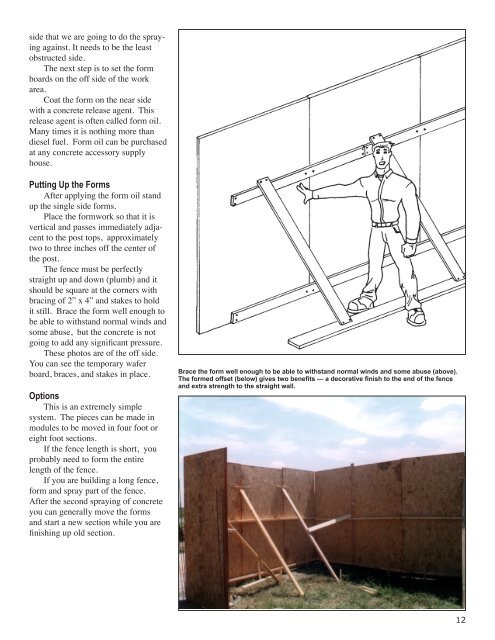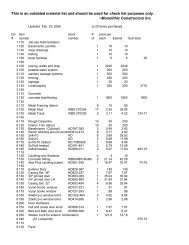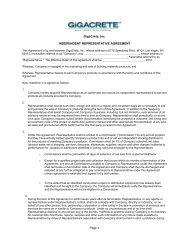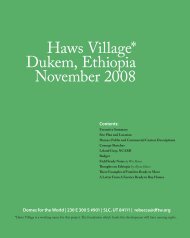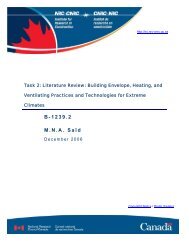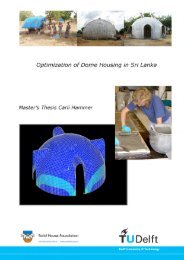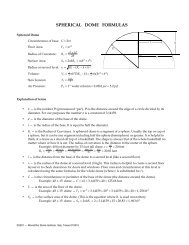How To Build A Spray-In-Place Concrete Fence - Monolithic
How To Build A Spray-In-Place Concrete Fence - Monolithic
How To Build A Spray-In-Place Concrete Fence - Monolithic
You also want an ePaper? Increase the reach of your titles
YUMPU automatically turns print PDFs into web optimized ePapers that Google loves.
side that we are going to do the spraying<br />
against. It needs to be the least<br />
obstructed side.<br />
The next step is to set the form<br />
boards on the off side of the work<br />
area.<br />
Coat the form on the near side<br />
with a concrete release agent. This<br />
release agent is often called form oil.<br />
Many times it is nothing more than<br />
diesel fuel. Form oil can be purchased<br />
at any concrete accessory supply<br />
house.<br />
Putting Up the Forms<br />
After applying the form oil stand<br />
up the single side forms.<br />
<strong>Place</strong> the formwork so that it is<br />
vertical and passes immediately adjacent<br />
to the post tops, approximately<br />
two to three inches off the center of<br />
the post.<br />
The fence must be perfectly<br />
straight up and down (plumb) and it<br />
should be square at the corners with<br />
bracing of 2” x 4” and stakes to hold<br />
it still. Brace the form well enough to<br />
be able to withstand normal winds and<br />
some abuse, but the concrete is not<br />
going to add any significant pressure.<br />
These photos are of the off side.<br />
You can see the temporary wafer<br />
board, braces, and stakes in place.<br />
Options<br />
This is an extremely simple<br />
system. The pieces can be made in<br />
modules to be moved in four foot or<br />
eight foot sections.<br />
If the fence length is short, you<br />
probably need to form the entire<br />
length of the fence.<br />
If you are building a long fence,<br />
form and spray part of the fence.<br />
After the second spraying of concrete<br />
you can generally move the forms<br />
and start a new section while you are<br />
finishing up old section.<br />
Brace the form well enough to be able to withstand normal winds and some abuse (above).<br />
The formed offset (below) gives two benefits — a decorative finish to the end of the fence<br />
and extra strength to the straight wall.<br />
12


